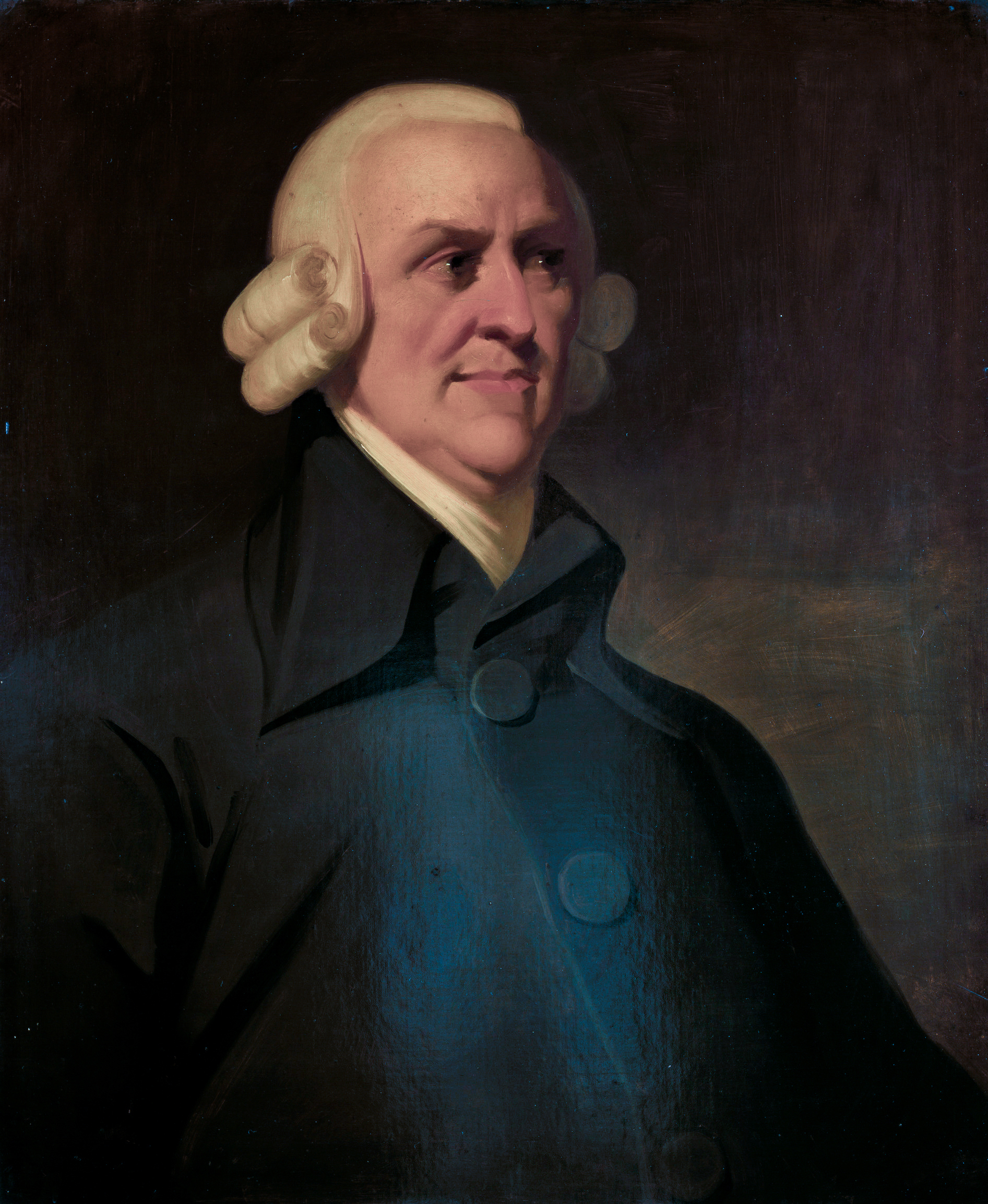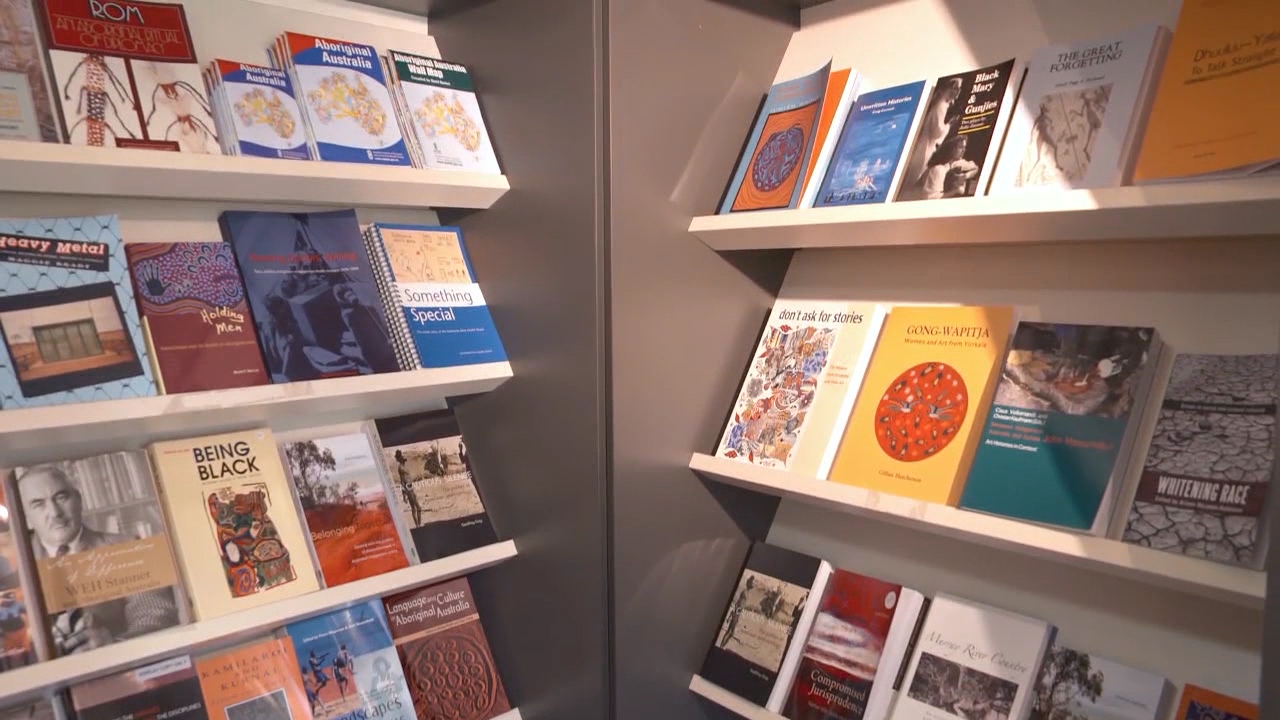|
Oligopsony
An oligopsony (from Greek ὀλίγοι (''oligoi'') "few" and ὀψωνία (''opsōnia'') "purchase") is a market form in which the number of buyers is small while the number of sellers in theory could be large. This typically happens in a market for inputs where numerous suppliers are competing to sell their product to a small number of (often large and powerful) buyers. It contrasts with an oligopoly, where there are many buyers but few sellers. An oligopsony is a form of imperfect competition. The terms monopoly (one seller), monopsony (one buyer), and bilateral monopoly have a similar relationship. Industry examples In each of these cases, the buyers have a major advantage over the sellers. They can play off one supplier against another, thus lowering their costs. They can also dictate exact specifications to suppliers, for delivery schedules, quality, and (in the case of agricultural products) crop varieties. They also pass off much of the risks of overproduction, natur ... [...More Info...] [...Related Items...] OR: [Wikipedia] [Google] [Baidu] |
Monopsony
In economics, a monopsony is a market structure in which a single buyer substantially controls the market as the major purchaser of goods and services offered by many would-be sellers. The Microeconomics, microeconomic theory of monopsony assumes a single entity to have market power over all sellers as the only purchaser of a good or service. This is a similar power to that of a monopolist, which can influence the price for its buyers in a monopoly, where multiple buyers have only one seller of a good or service available to purchase from. Etymology The term "monopsony" (from Ancient Greek, Greek μόνος (''mónos'') "single" and ὀψωνεῖν (''opsōneîn'') "to purchase fish") was first introduced by the British economist Joan Robinson in her influential book, ''The Economics of Imperfect Competition'' (1933)., published in 1933. Robinson credited classics scholar Bertrand Hallward of the University of Cambridge with coining the term. History Monopsony theory was develo ... [...More Info...] [...Related Items...] OR: [Wikipedia] [Google] [Baidu] |
Market Structure
Market structure, in economics, depicts how firms are differentiated and categorised based on the types of goods they sell (homogeneous/heterogeneous) and how their operations are affected by external factors and elements. Market structure makes it easier to understand the characteristics of diverse markets. The main body of the market is composed of suppliers and demanders. Both parties are equal and indispensable. The market structure determines the price formation method of the market. Suppliers and Demanders (sellers and buyers) will aim to find a price that both parties can accept creating a equilibrium quantity. Market definition is an important issue for regulators facing changes in market structure, which needs to be determined. The relationship between buyers and sellers as the main body of the market includes three situations: the relationship between sellers (enterprises and enterprises), the relationship between buyers (enterprises or consumers) and the relationship b ... [...More Info...] [...Related Items...] OR: [Wikipedia] [Google] [Baidu] |
Oligopoly
An oligopoly () is a market in which pricing control lies in the hands of a few sellers. As a result of their significant market power, firms in oligopolistic markets can influence prices through manipulating the supply function. Firms in an oligopoly are mutually interdependent, as any action by one firm is expected to affect other firms in the market and evoke a reaction or consequential action. As a result, firms in oligopolistic markets often resort to collusion as means of maximising profits. Nonetheless, in the presence of fierce competition among market participants, oligopolies may develop without collusion. This is a situation similar to perfect competition, where oligopolists have their own market structure. In this situation, each company in the oligopoly has a large share in the industry and plays a pivotal, unique role. Many jurisdictions deem collusion to be illegal as it violates competition laws and is regarded as anti-competition behaviour. The EU com ... [...More Info...] [...Related Items...] OR: [Wikipedia] [Google] [Baidu] |
Imperfect Competition
In economics, imperfect competition refers to a situation where the characteristics of an economic market do not fulfil all the necessary conditions of a perfectly competitive market. Imperfect competition causes market inefficiencies, resulting in market failure. Imperfect competition usually describes behaviour of suppliers in a market, such that the level of competition between sellers is below the level of competition in perfectly competitive market conditions. The competitive structure of a market can significantly impact the financial performance and conduct of the firms competing within it. There is a causal relationship between competitive structure, behaviour and performance paradigm. Market structure can be determined by measuring the degree of suppliers' market concentration, which in turn reveals the nature of market competition. The degree of market power refers to firms' ability to affect the price of a good and thus, raise the market price of the good or service abov ... [...More Info...] [...Related Items...] OR: [Wikipedia] [Google] [Baidu] |
Brown & Williamson
Brown & Williamson Tobacco Corporation was a U.S. tobacco company and a subsidiary of multinational British American Tobacco that produced several popular cigarette brands. It became infamous as the focus of investigations for chemically enhancing the addictiveness of cigarettes. Its former vice-president of research and development, Jeffrey Wigand, was the whistleblower in an investigation conducted by CBS news program ''60 Minutes'', an event that was dramatized in the film '' The Insider'' (1999). Wigand claimed that B&W had introduced chemicals such as ammonia into cigarettes to increase nicotine delivery and increase addictiveness. B&W had its headquarters in Louisville, Kentucky, until July 30, 2004, when the U.S. operations of B&W and BATUS, Inc. merged with R. J. Reynolds, creating a new publicly traded parent company, Reynolds American Inc. [...More Info...] [...Related Items...] OR: [Wikipedia] [Google] [Baidu] |
Woolworths Supermarkets
Woolworths (colloquially known as "Woolies") is an Australian supermarket chain owned by Woolworths Group (Australia), Woolworths Group. Founded in 1924, Woolworths is currently Australia's largest supermarket chain with a market share of 32.5% as of 2023. Woolworths specialises in groceries (vegetables, fruit, meat, packaged foods, etc.), but also sells magazines, DVDs, health and beauty products, household products, pet and baby supplies, and stationery. As of June 2023, there were 995 Woolworths supermarkets and 90 Woolworths Metro convenience stores. Woolworths Online (formerly HomeShop) is a click and collect, and home delivery service for Woolworths supermarkets. Woolworths also own liquor brands such as BWS (liquor retailer), BWS and Dan Murphy’s, Dan Murphys. History Woolworths Limited (now Woolworths Group) was first registered on 22 September 1924 by five Australian entrepreneursPercy Christmas, Stanley Chatterton, Cecil Scott Waine, George Creed and Ernest William ... [...More Info...] [...Related Items...] OR: [Wikipedia] [Google] [Baidu] |
Coles Supermarkets
Coles Supermarkets Australia Pty. Ltd., doing business as Coles, is an Australian supermarket, retail and consumer services chain, headquartered in Melbourne as part of Coles Group. Founded in 1914 in the suburb of Collingwood, Victoria, Collingwood by George Coles (businessman), Sir George Coles, the company currently operates 846 supermarkets throughout Australia, including several now-re-branded Bi-Lo (Australia), Bi-Lo stores. Coles has over 120,000 employees and accounts for around 27 per cent of the Australian market. Coles Online is the company's online shopping ('click & collect' and home delivery) service. Between 1986 and 2006, Coles Supermarkets was a brand of Coles Myer, later Coles Group, prior to Wesfarmers purchasing Coles Group in 2007. It became a subsidiary of Coles Group again after Wesfarmers Corporate spin-off, spun off the business in November 2018. In 2020, Coles changed its slogan to "Value the Australian way". History George Coles (entrepreneur), Ge ... [...More Info...] [...Related Items...] OR: [Wikipedia] [Google] [Baidu] |
Imprint (trade Name)
An imprint of a publisher is a trade name under which it publishes a work. A single publishing company may have multiple imprints, often using the different names as brands to market works to various demographic consumer segments. Description An imprint of a publisher is a trade name—a name that a business uses for trading commercial products or services—under which a work is published. Imprints typically have a defining character or mission. In some cases, the diversity results from the takeover of smaller publishers (or parts of their business) by a larger company. In the video game industry, some game companies operate various publishing labels. Electronic Arts' (EA) 2008 CEO, John Riccitiello, stated that, with the establishing of Rockstar, Take-Two Interactive effectively invented the "label" corporate structure, which EA followed into in 2008. This model has influenced rivals including Activision Blizzard, ZeniMax, Electronic Arts from 2008 to 2018, Warner ... [...More Info...] [...Related Items...] OR: [Wikipedia] [Google] [Baidu] |
Big Five (publishers)
Publishing is the activities of making information, literature, music, software, and other content, physical or digital, available to the public for sale or free of charge. Traditionally, the term publishing refers to the creation and distribution of printed works, such as books, comic books, newspapers, and magazines to the public. With the advent of digital information systems, the scope has expanded to include digital publishing such as e-books, digital magazines, websites, social media, music, and video game publishing. The commercial publishing industry ranges from large multinational conglomerates such as News Corp, Pearson, Penguin Random House, and Thomson Reuters to major retail brands and thousands of small independent publishers. It has various divisions such as trade/retail publishing of fiction and non-fiction, educational publishing, and academic and scientific publishing. Publishing is also undertaken by governments, civil society, and private companies fo ... [...More Info...] [...Related Items...] OR: [Wikipedia] [Google] [Baidu] |




